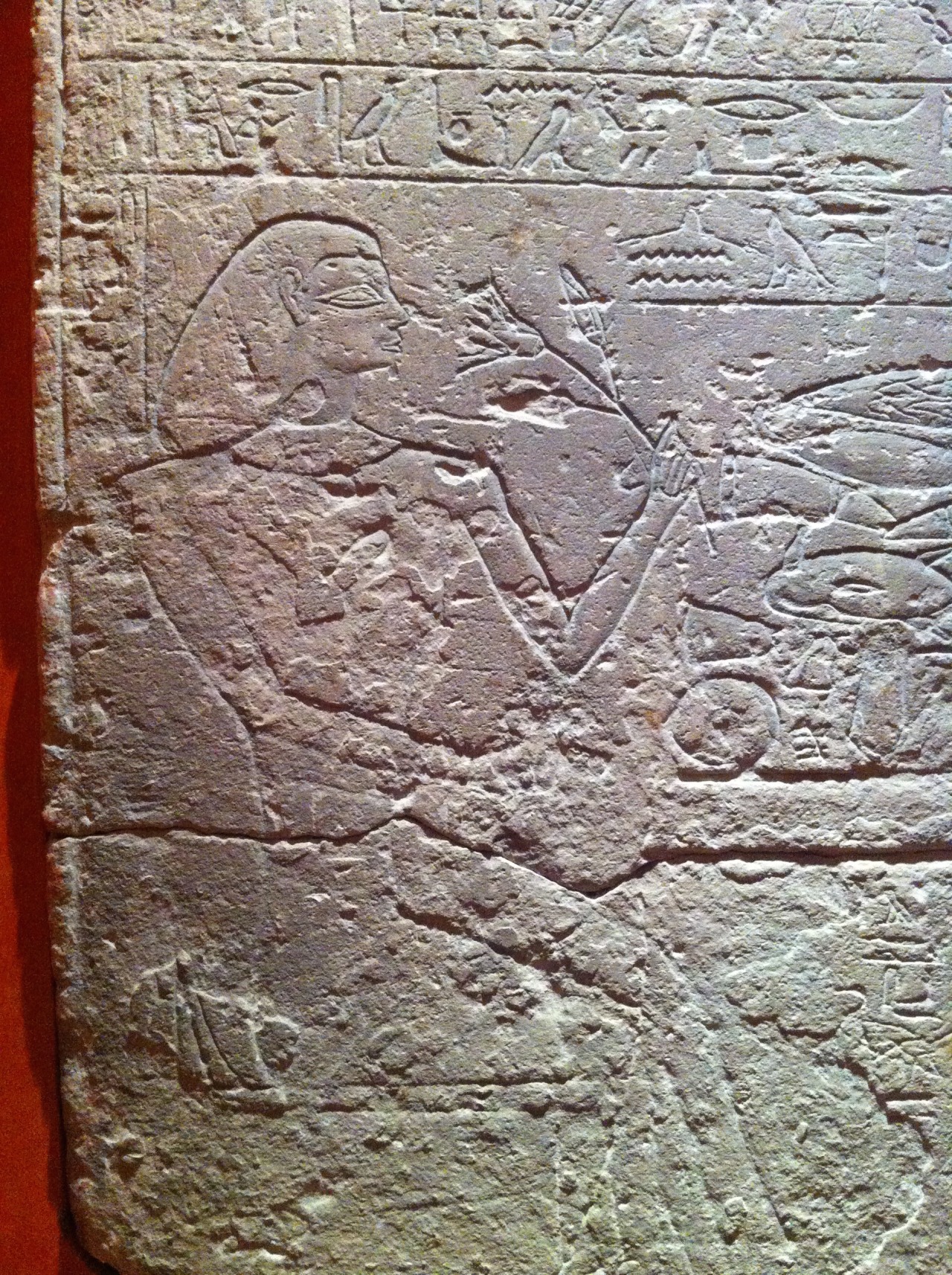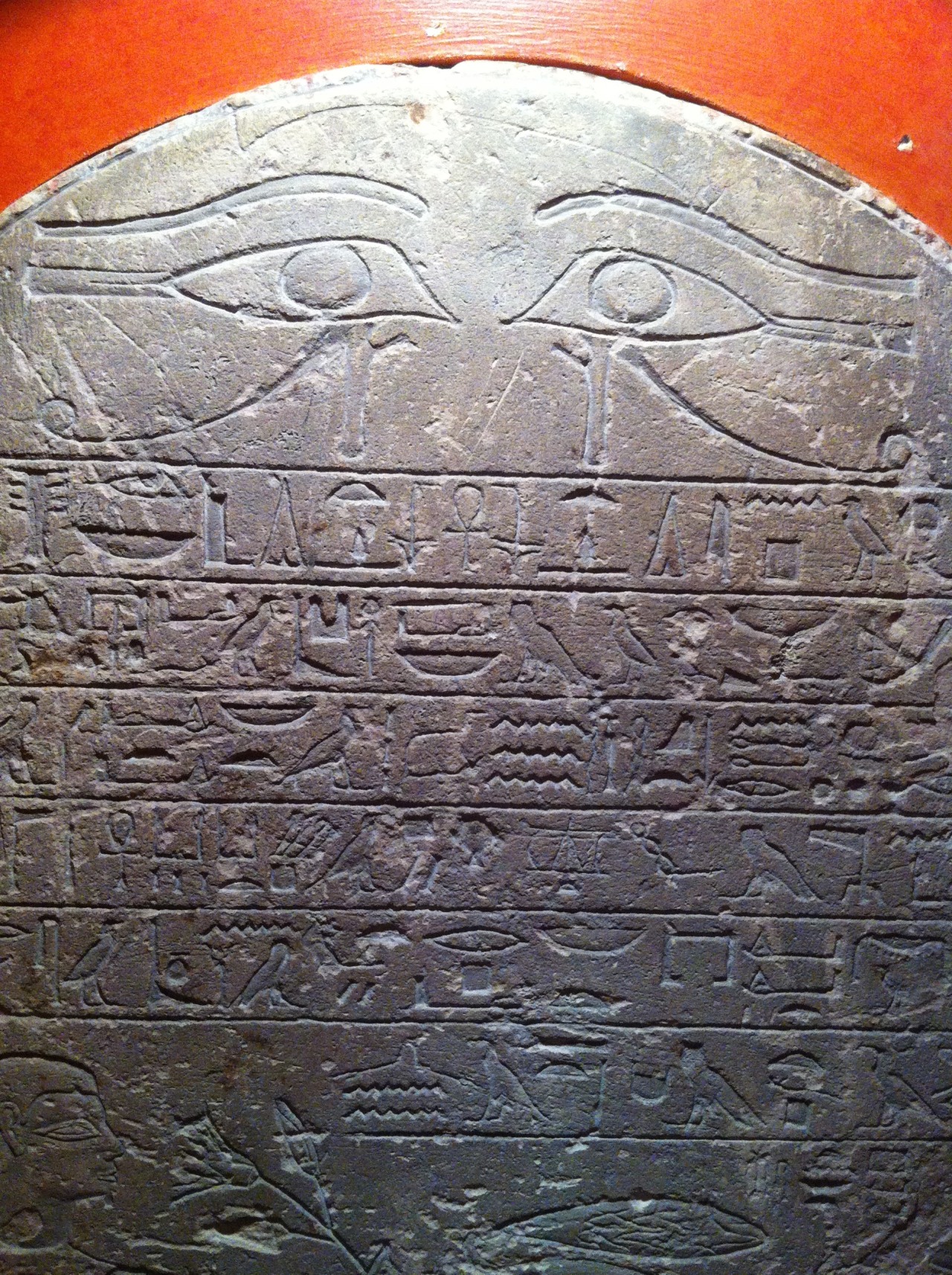Your Custom Text Here
Fascinating Ancient Egyptian Mummies, Tomb goods and stone carvings were also on show at New Walk, Leicester
Research trip to New Walk Museum and Art Gallery, Leicester and some interesting ancient weaving styles on show
Research into ancient casting techniques
Research taken from Metropolitan Museum of Modern Art
“The ancient Greeks and Romans had a long history of making statuary in bronze. Literally thousands of images of gods and heroes, victorious athletes, statesmen, and philosophers filled temples and sanctuaries, and stood in the public areas of major cities. Over the course of more than a thousand years, Greek and Roman artists created hundreds of statue types whose influence on large-scale statuary from western Europe (and beyond) continues to the present day.
The earliest large-scale Greek bronze statues had very simple forms dictated by their technique of manufacture, known as sphyrelaton (literally, "hammer-driven”), in which parts of the statue are made separately of hammered sheets of metal and attached one to another with rivets. Frequently, these metal sheets were embellished by hammering the bronze over wooden forms in order to produce reliefs, or by incising designs using a technique called tracing.
By the late Archaic period (ca. 500–480 B.C.), sphyrelaton went out of use as a primary method when lost-wax casting became the major technique for producing bronze statuary. The lost-wax casting of bronze is achieved in three different ways: solid lost-wax casting, hollow lost-wax casting by the direct process, and hollow lost-wax casting by the indirect process. The first method, which is also the earliest and simplest process, calls for a model fashioned in solid wax. This model is surrounded with clay and then heated in order to remove the wax and harden the clay. Next, the mold is inverted and molten metal poured into it. When the metal cools, the bronze-smith breaks open the clay model to reveal a solid bronze reproduction.
Since the physical properties of bronze do not allow large solid casting, the use of solid wax models limited the founder to casting very small figures. To deal with this problem, the ancient Greeks adopted the process of hollow lost-wax casting to make large, freestanding bronze statues. Typically, large-scale sculpture was cast in several pieces, such as the head, torso, arms, and legs. In the direct process of hollow wax casting, the sculptor first builds up a clay core of the approximate size and shape of the intended statue. With large statues, an armature normally made of iron rods is used to help stabilize this core. The clay core is then coated with wax, and vents are added to facilitate the flow of molten metal and allow gases to escape, which ensures a uniform casting. Next the model is completely covered in a coarse outer layer of clay and then heated to remove all the wax, thereby creating a hollow matrix. The mold is reheated for a second, longer, period of time in order to harden the clay and burn out any wax residue. Once this is accomplished, the bronze-smith pours the molten metal into the mold until the entire matrix has been filled. When the bronze has cooled sufficiently, the mold is broken open and the bronze is ready for the finishing process.“
Exploring internal and external spaces of woven wax cont...
After discussing this with the foundry, one method that I would like to propose using would be to cast blocks of plaster on a set of stainless steel legs (using stainless steel legs ensures that they can withstand the heat of the casting). The plaster can be carved into the chosen shape or form to become a former for the wax. I would be working the wax directly onto the surface of the plaster in various weaving styles, the legs in the plaster allows the plaster block to be retained in the air, thus preventing the weight of the plaster crushing the wax. Once the weaving is complete the entire weave, plaster former and legs would go through the lost wax casting technique. Once the molten bronze is poured and cooled the foundry would cut a small section of the weaving to remove the plaster and legs, then the section of woven bronze would be replaced and welded back into place.
Removing problems of inflatables will open up many avenues for styles of cast work in a way that is non restrictive. This could lead into new fluid forms that are delicate, weaves would not have to be thick and they could have open areas. I can explore the internal space of a piece and expand into the exploration of negative and positive space. The possibilities are endless once the technical restrictions of an inflatable or cartable former are solved.
Watch this space for developments …..
During the last weekend of November I will be opening the doors of my studio at the Harley Foundation for the very last time. On show will be my ‘Poppy Head’ sculpture, 'Fallen Egg’ sculpture, 'Copper Alliums’ and much more.
Opening times:
Private View - Friday 28th Nov - 1pm - 4pm
Saturday 29th Nov - 10am - 5pm
Sunday 30th Nov - 10am - 4pm
The Melbourne Festival 2014
The Melbourne Festival of Creative and Performing Arts is held in September every year at Melbourne in Derbyshire.
The festivals’ Art Trail sees over 100 professional Artists and Makers exhibiting in private houses, public buildings and businesses across Melbourne. The trail showcases the best creative talents from across the East Midlands. It’s a lively and diverse festival, with events all through September.
After a five year gap, Rachel returned to the festival that she started out at, returning as an established artist.
Rachel exhibited her collection of Willow Alliums at the Dower House in Melbourne. The exhibition in this beautiful setting was a huge success. The Alliums were displayed on the lawn with the house providing a gorgeous backdrop and views down to the lake.
“There was a lot of interest in my work, with many visitors enjoying the chance to talk with me about my work and creative process. The Willow Alliums were being sold off at Melbourne after being on display at events around the UK.
The event was a sell out and it was lovely to return to where it all started. Coming back to Melbourne has been an amazing experience.
I’d like to give very special thanks to William and Griselda for being such lovely hosts throughout the festival.”
Copper Allium Sculptures have been installed at Doddington Hall ready for their bi-annual sculpture in the garden exhibition which opens on the 2nd August
The Memorial sculpture is covered with little wooden petals, each one representing a baby, and in some cases two babies.
The sculpture is the main focus of the garden which features paved areas, Lavender beds, carved green Oak benches and box hedging. Leading you into the garden is winding woodland path lined with box hedging.
Sands Memorial Sculpture
The woven cocoon is now complete and in situ at the new Baby Memorial Garden in Markeaton, Derbyshire.
Its taken over 10,000ft of cane to weave the cocoon with one continuous chain stitch, and will become the basis of the memorial for families who have lost their babies during pregnancy or shortly after birth.































